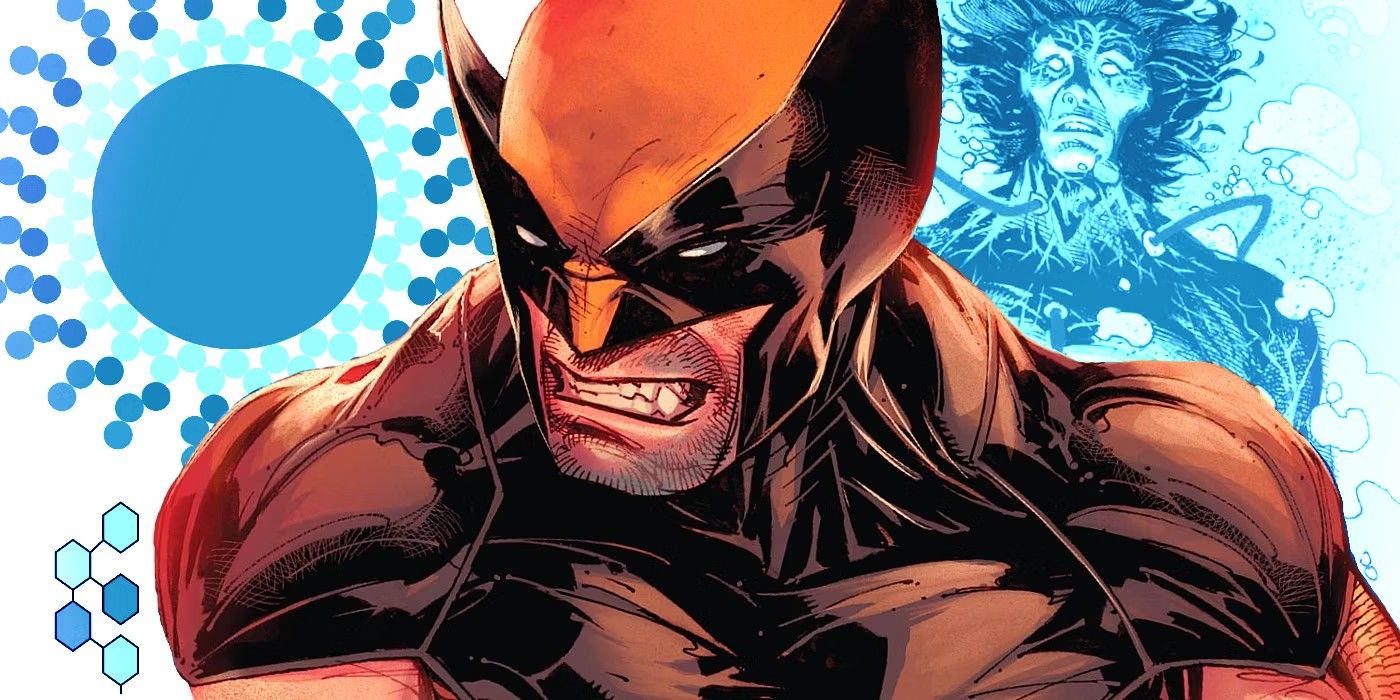Marvel's Wolverine is not only one of the most popular X-Men but one of the most durable - and his legendary healing factor, far from a far-fetched comic invention, can actually be explained by science. Logan's mutant powers allow him to survive nearly any injury, and his additional mutations make him the perfect hunter, fighter and survivalist. But modern-day science reveals the key to Wolverine's mutant ability: stem cells.
Science and Marvel comics rarely mix; the X-Men alone possess a wide array of powers that would make a science teacher throw up their hands in despair and befuddlement. Angel lacks the proper wingspan to allow flight; Shadowcat can phase through air yet breath easily; Iceman can turn his entire body to ice even in warm areas. Occasionally, science offers a desperate explanation for one mutant, but then other mutants such as Chamber destroy all known laws of the universe simply by existing. But in the case of Wolverine, his reduced aging is a major clue to the real secret behind his healing abilities.
While the version of the character in Earth 616 (the mainline Marvel universe) cannot resurrect from a single cell (unlike the Ultimate Marvel variant), Wolverine can regrow giant wounds and entire limbs easily. Occasionally, this requires Wolverine to eat a tremendous amount of calories, but that does not explain the method of rapid regeneration, only the means. Human cells, like the cells of all organisms, constantly divide, but when they reach the Hayflick Limit, cell division is impossible. Wolverine's cells clearly have no Hayflick Limit - but why?
Stem Cells Are The Key To Wolverine's Mutant Power
Every time a cell divides, the telomeres - caps on either end of a chromosome - grow shorter and shorter, eventually withering away completely. Stem cells have no Hayflick Limit; they can divide a seemingly-infinite number of times, compared to a regular human cell's limit of 50. It is entirely possible that every cell in Wolverine's body is a stem cell; this also accounts for Wolverine's drastically slow aging process (he is over 200 years old and appears to be in his 30s or 40s). While the stem cells do not provide an explanation for his enhanced senses, they certainly provide one for his healing.
Of course, comic book pseudoscience still rules the roost here; Wolverine can recover from bullet wounds in seconds, something even a body full of stem cells cannot accomplish given our current understanding. While the distant future may not allow humans to recover from shotgun blasts as easily as a bruised knee, it may be possible to replicate Wolverine's healing factor over time and even turn back the clock on human aging. Giving his unique physiology, Wolverine will stick around long enough to see these developments happen; he clearly isn't going anywhere.


